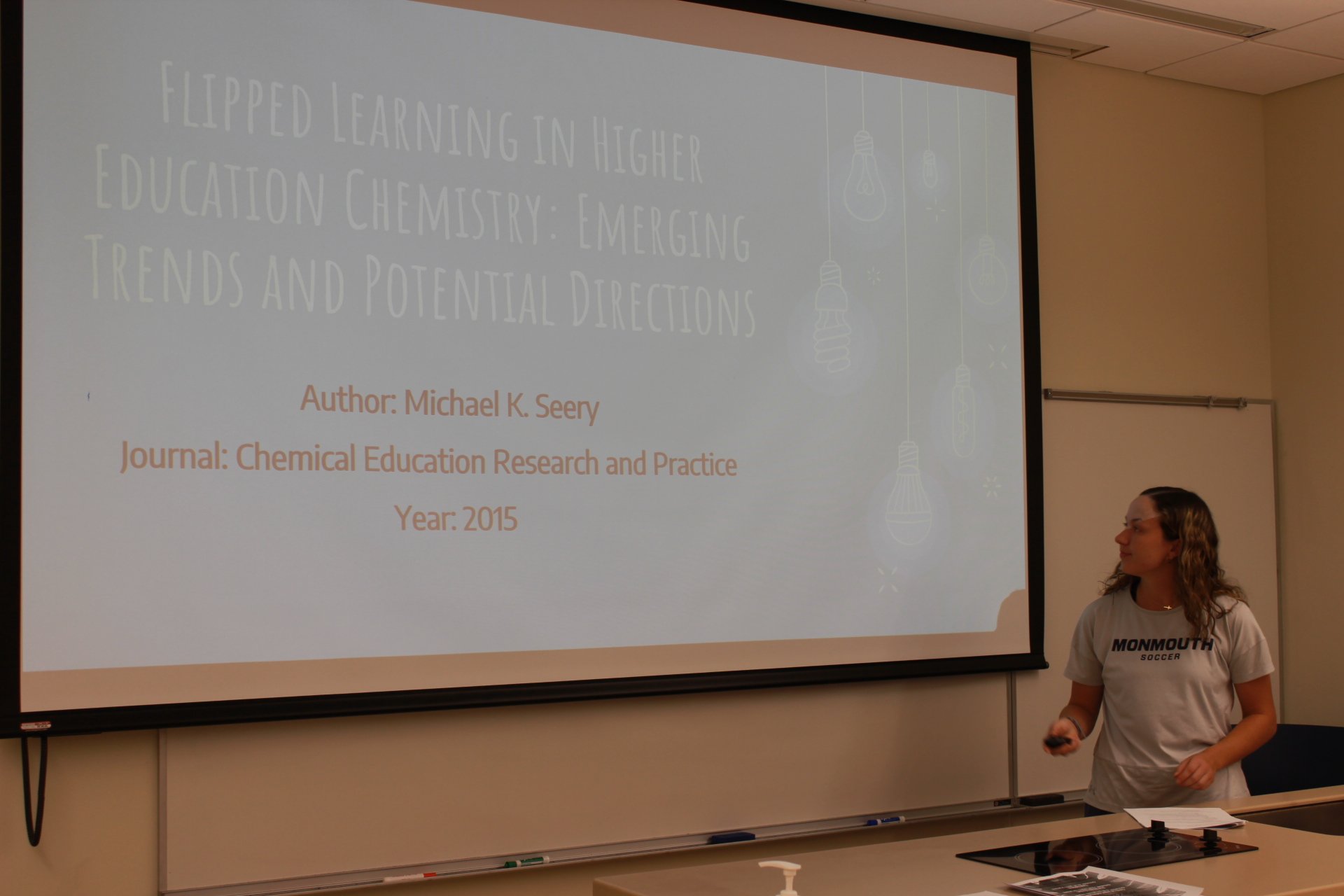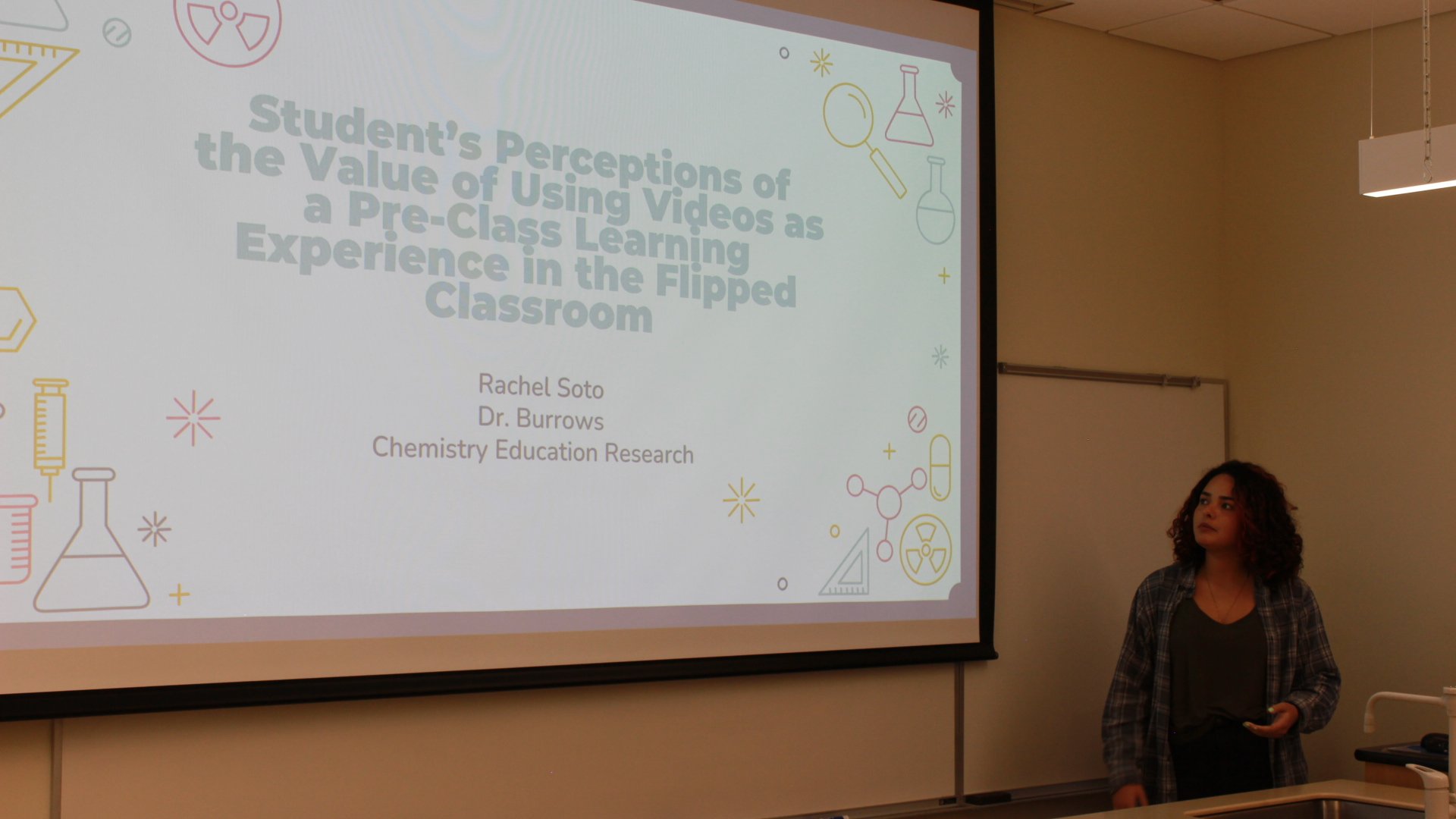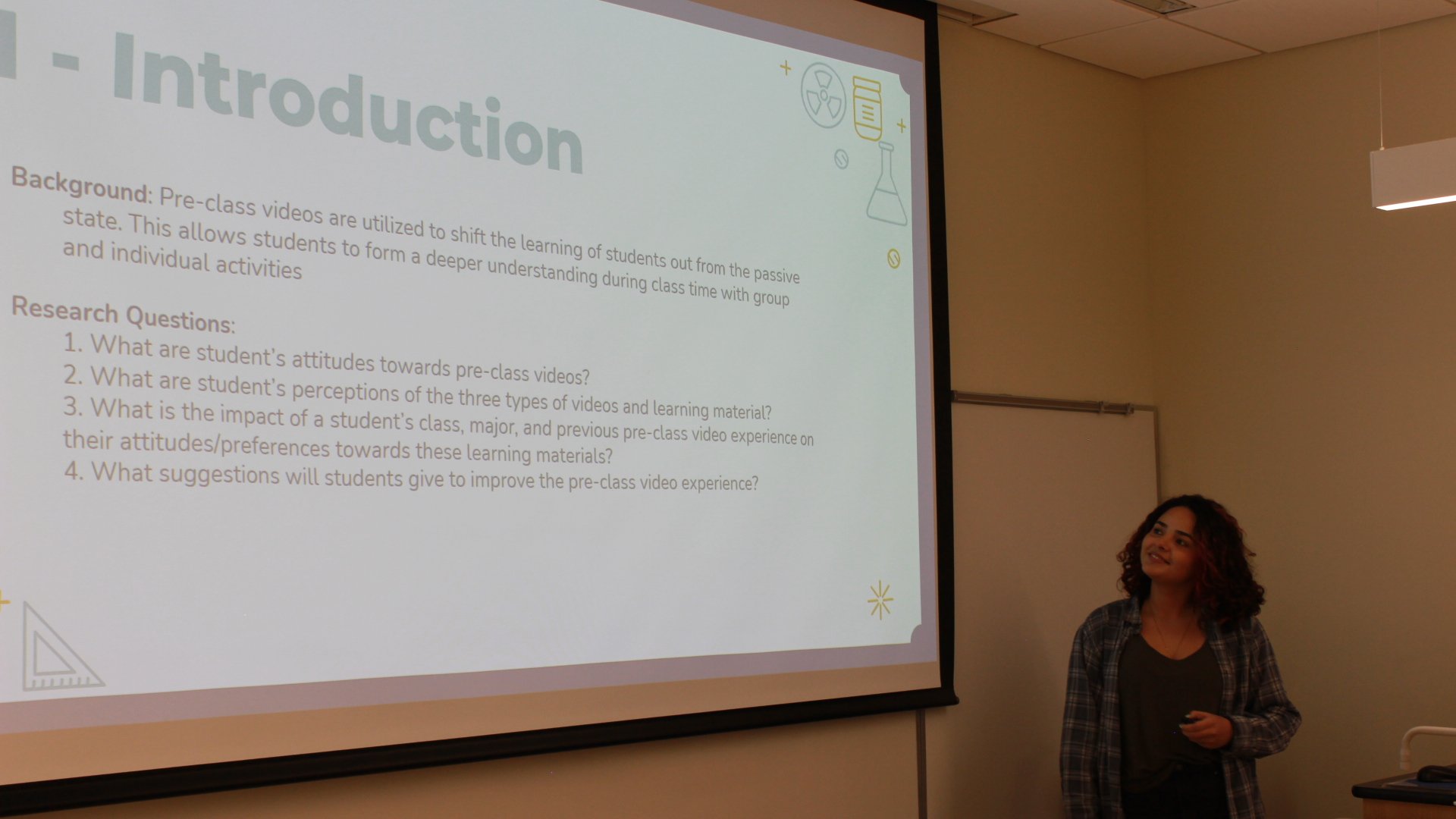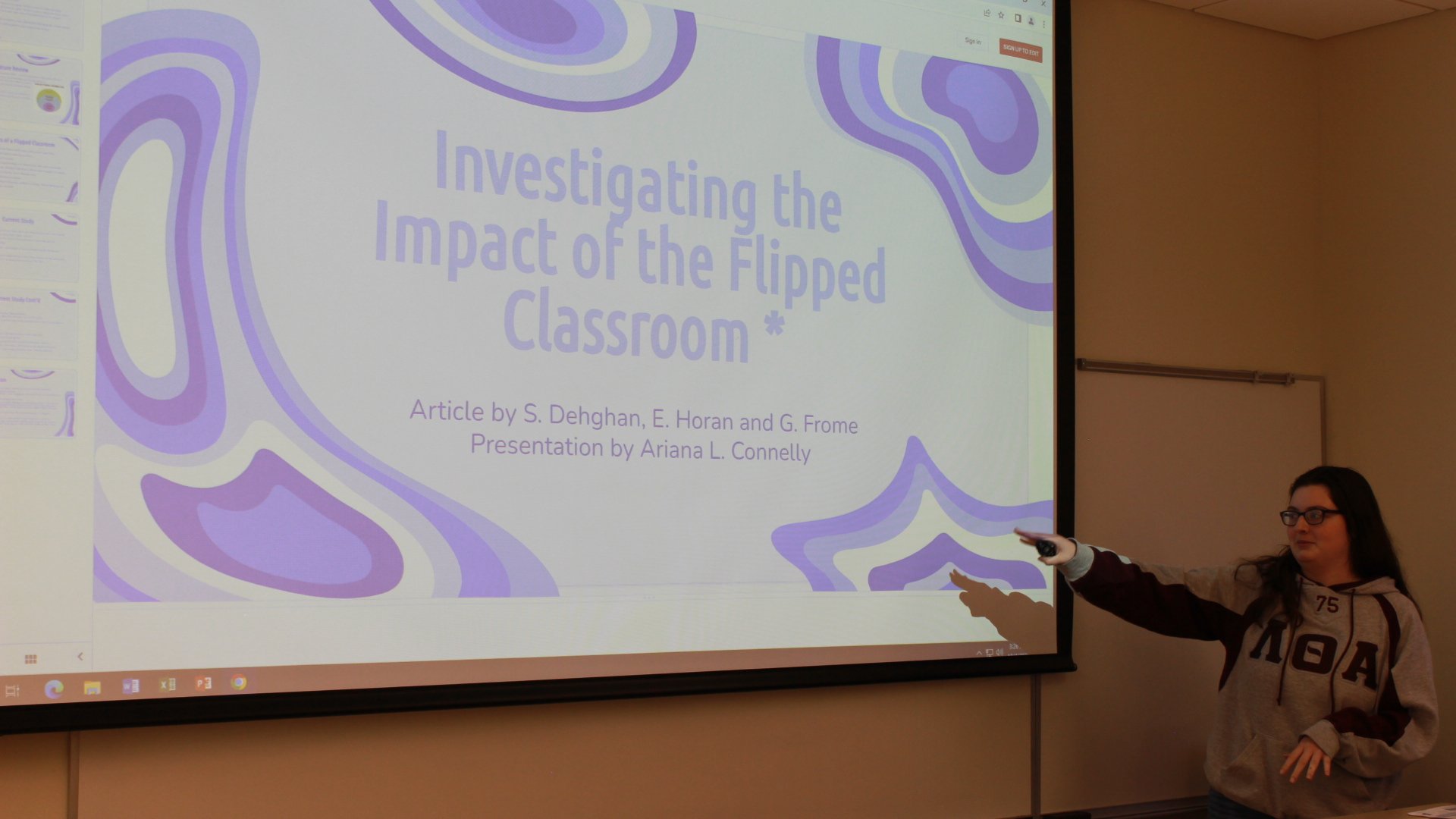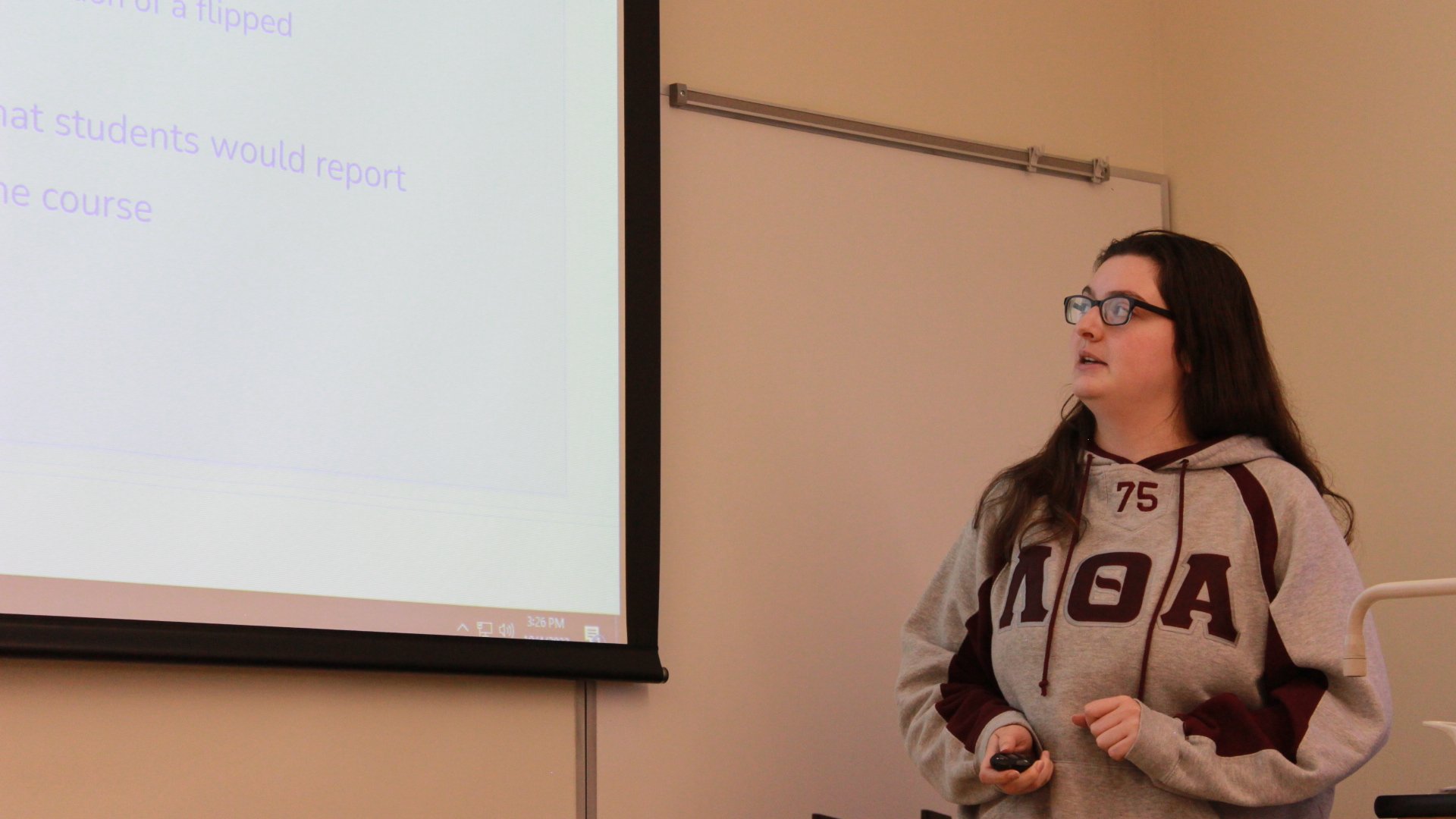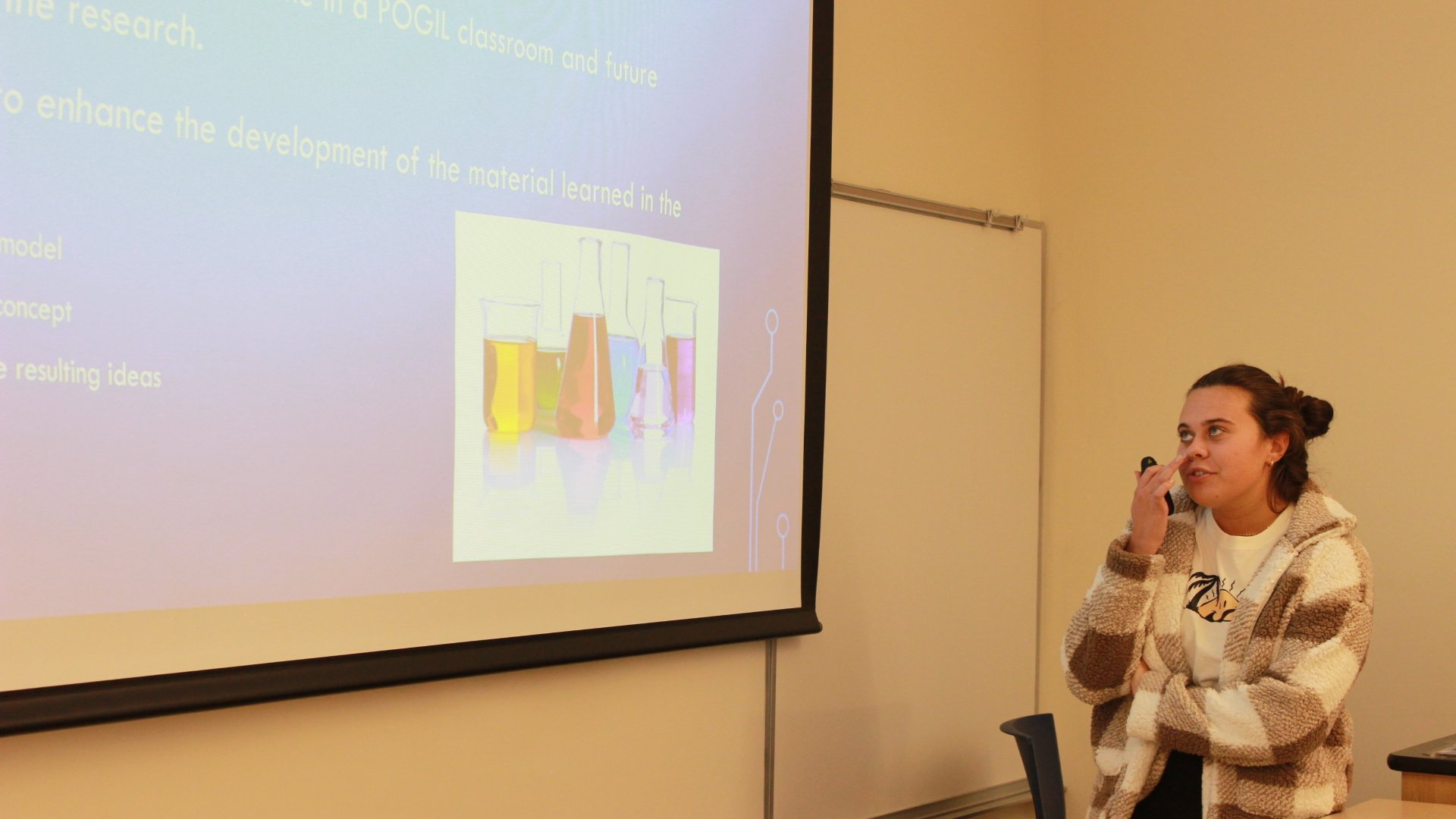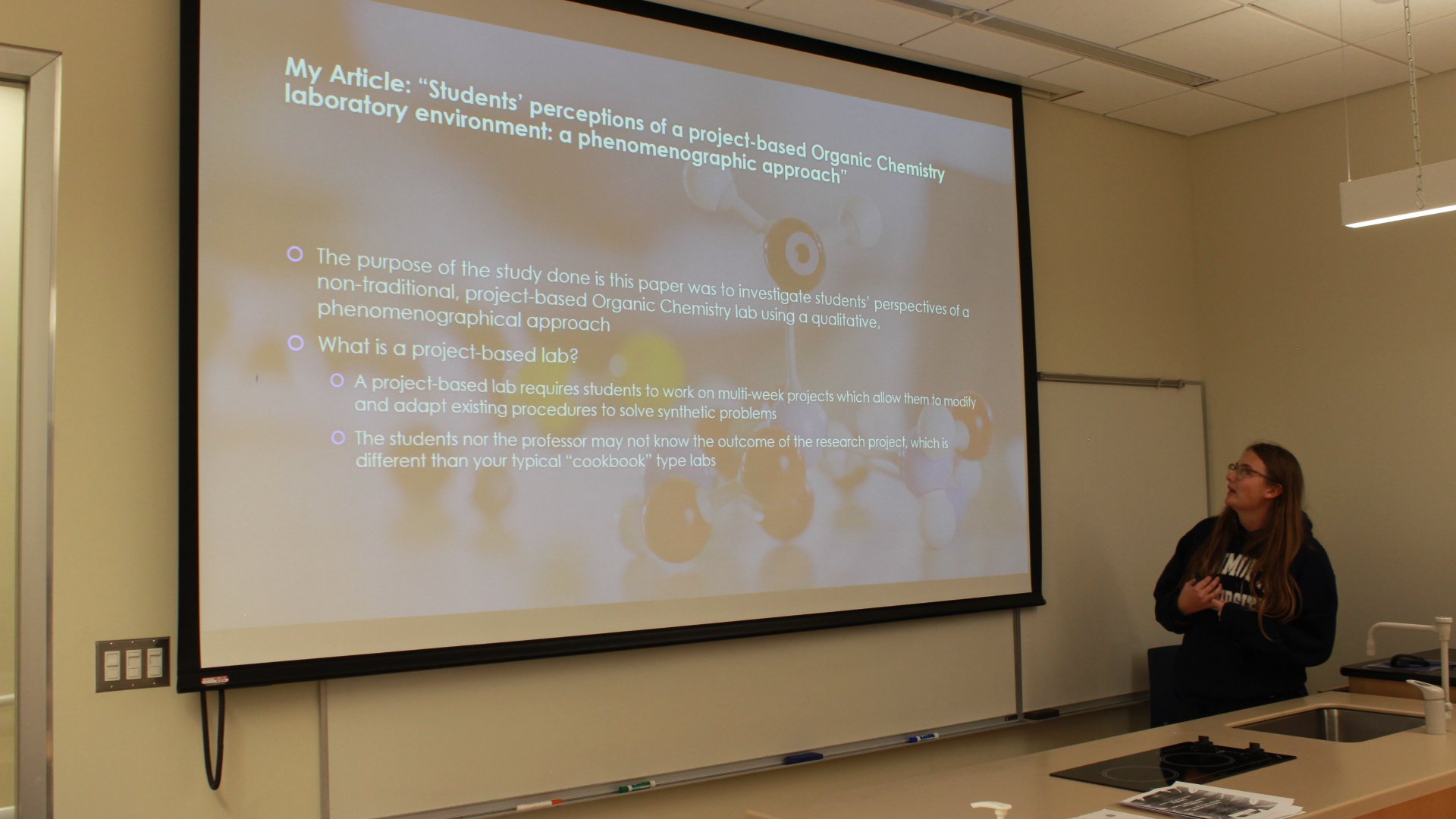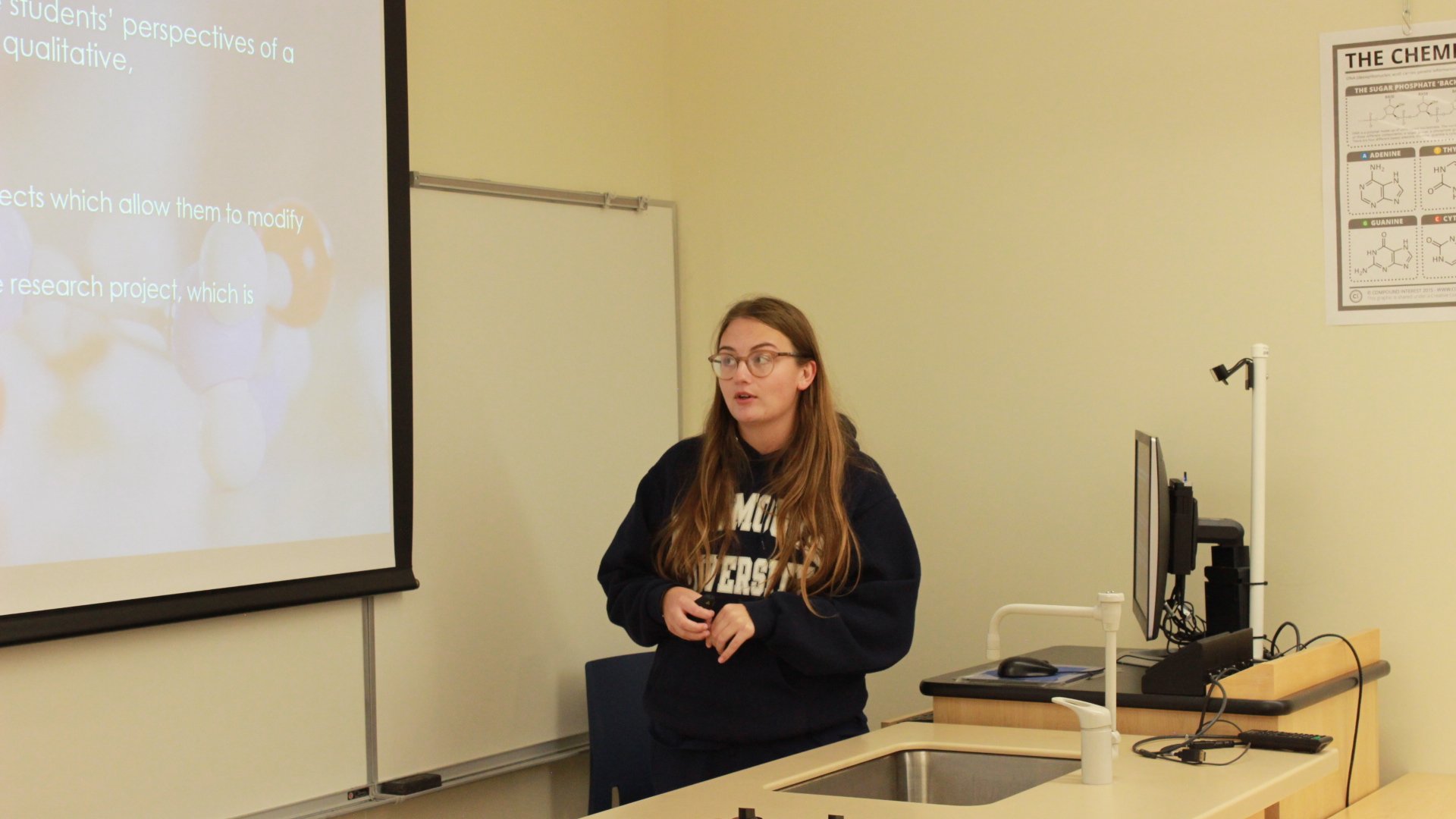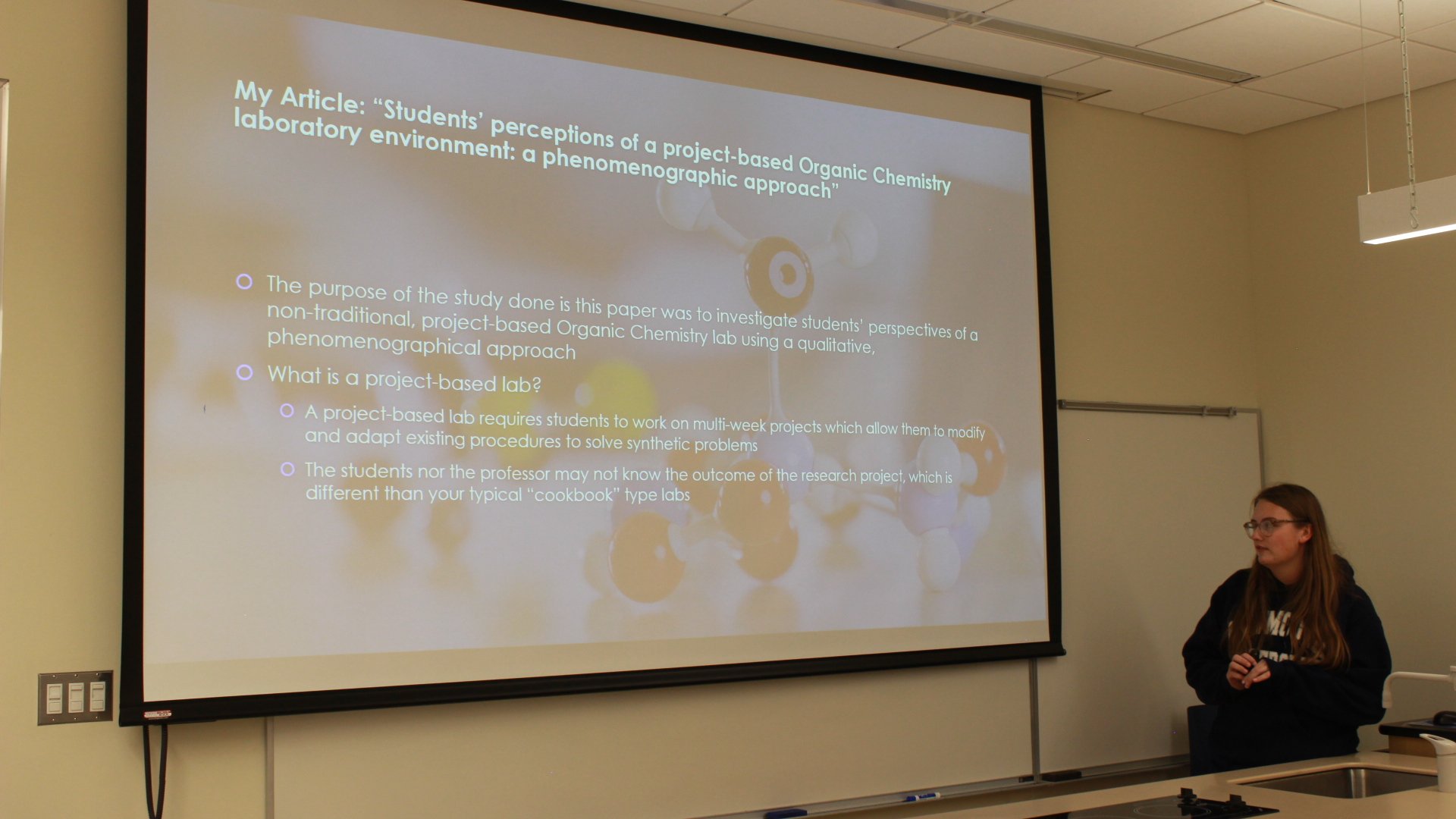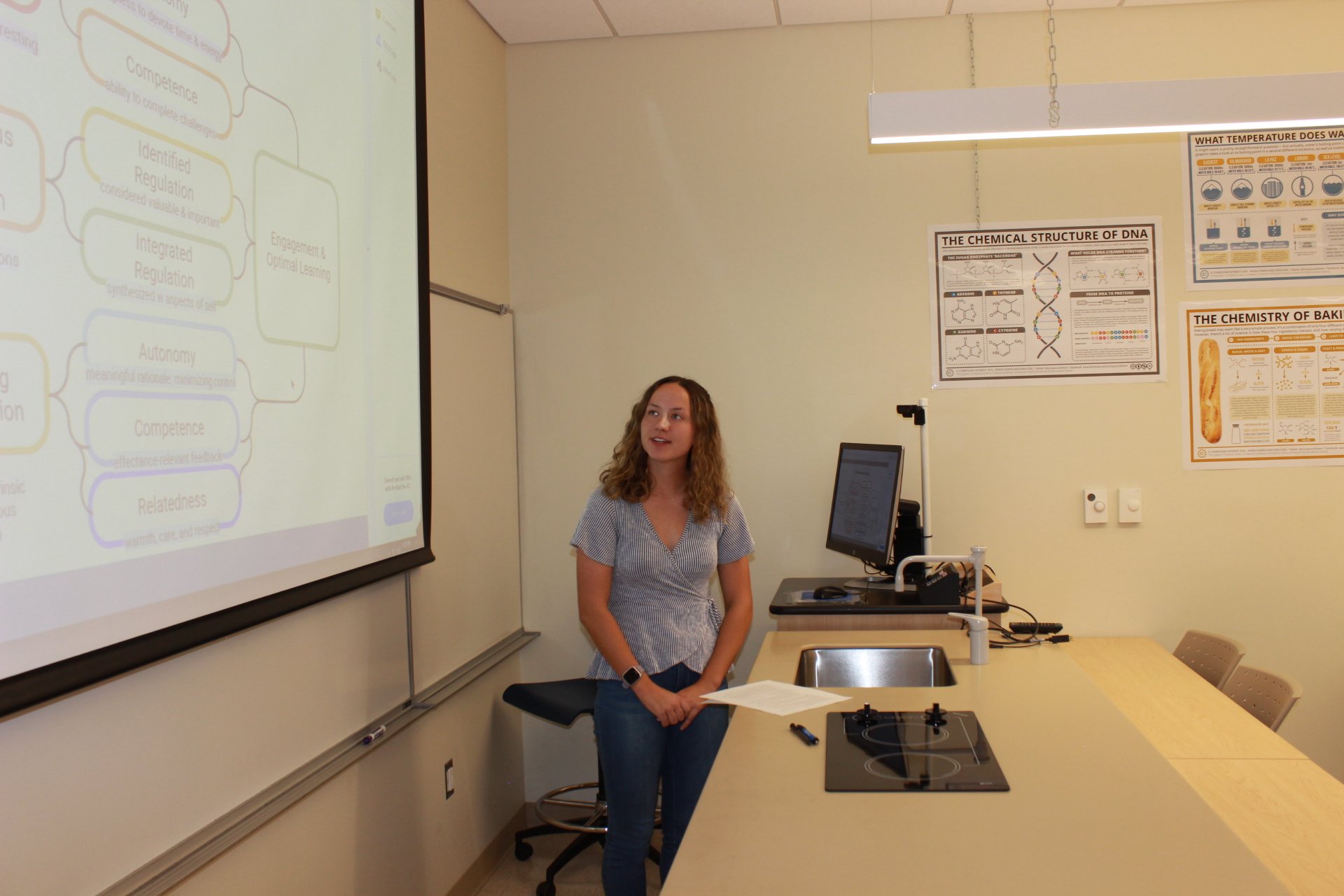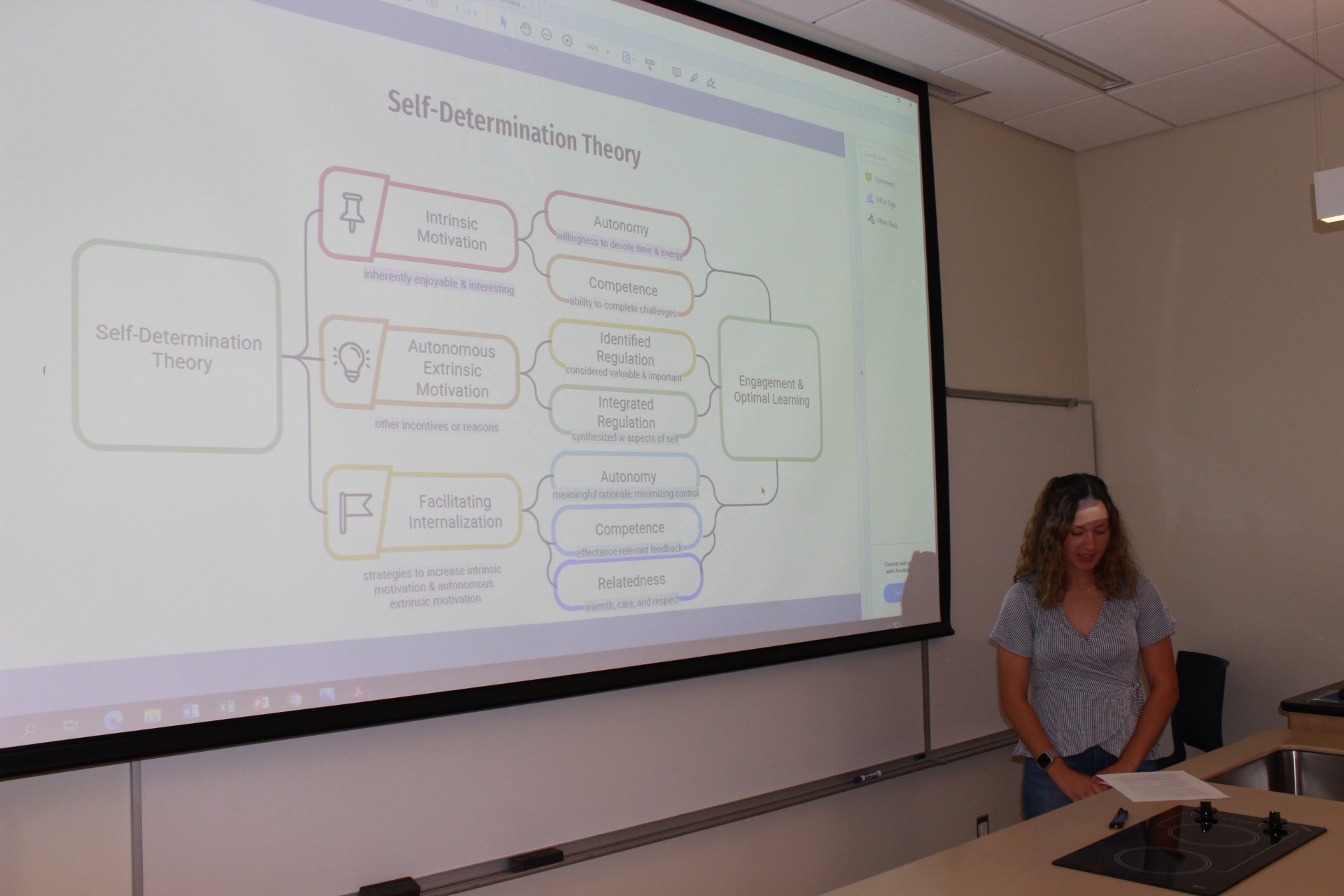We're excited to share the news of Andrew, a past Burrows group research student, who recently completed medical school at Quinnipac School of Medicine and has been matched with Brown University for a residency program starting on June 19th.
Completing medical school and matching with Brown University for a residency program is a remarkable accomplishment. It's a testament to Andrew's hard work, perseverance, and dedication to the medical field.
We congratulate Andrew on his achievement and wish him the very best as he prepares for the residency program. We're confident that he'll continue to make a significant impact in the medical profession, and we're proud to have played a part in his journey.
In conclusion, we celebrate Andrew's success and encourage all our students to work hard, stay determined, and never give up on their dreams.





